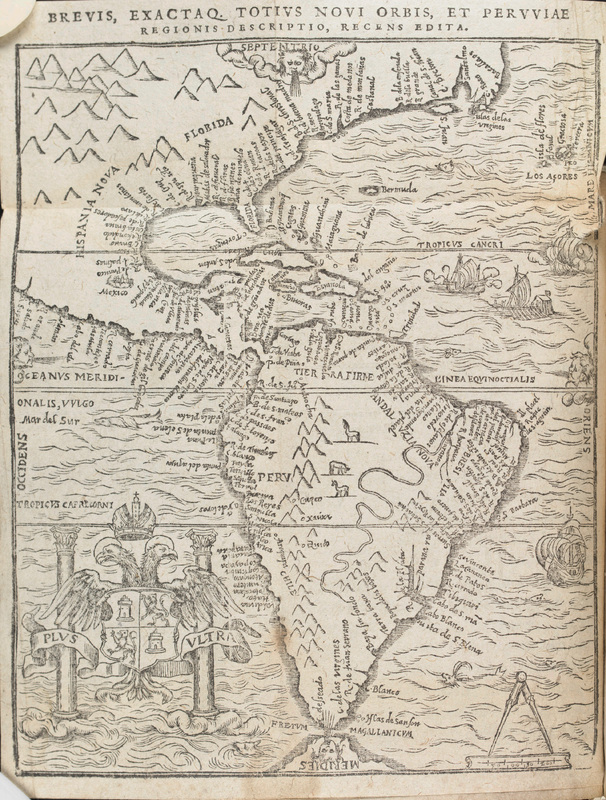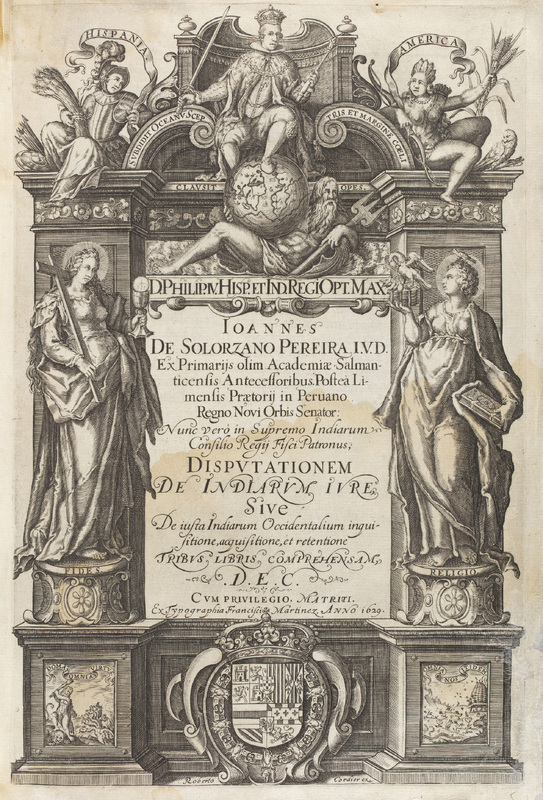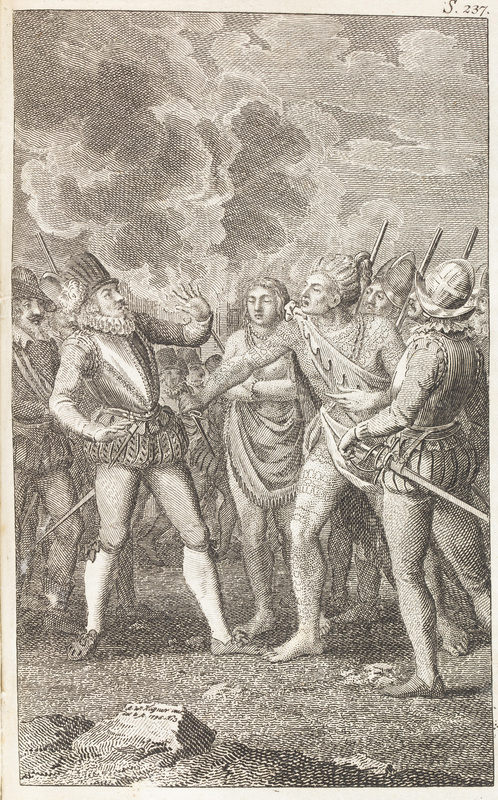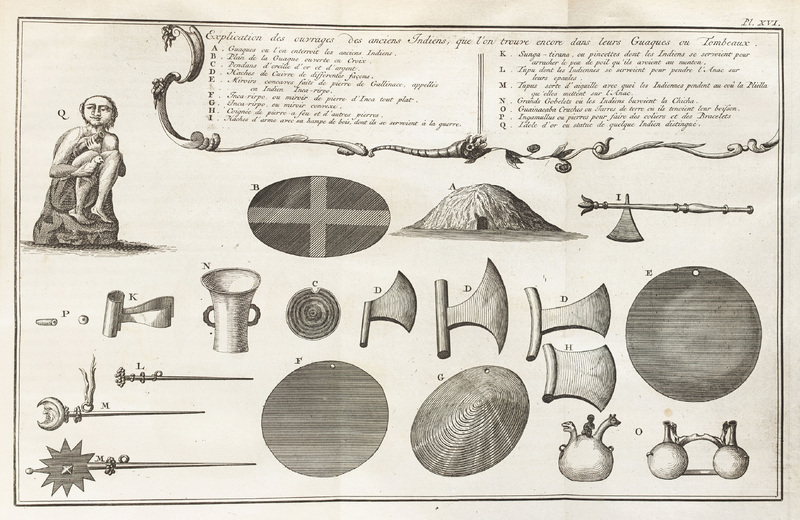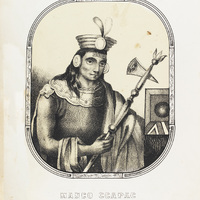
For nearly 300 years (1542-1824), the Viceroyalty of Peru was an integral part of the extensive Spanish Empire in the Americas. At its fullest extension, the territory covered from northern South America (present day Colombia and Venezuela) to the south (Chile and Argentina). Its capital, Lima (in present day Peru), became a very wealthy city and reflected the dynamics of diverse cultures of the so-called New World. This “New World” was not so new, as the Spaniards had taken over the almighty Inca Empire (then in Cuzco, Peru) that had ruled those lands for generations and had established a complex civilization. By taking the Inca Empire, its riches and lands, the descendants of these conquistadors developed a new society characterized by the diversity of communities where they lived, with the indigenous peoples placed at a disadvantage.
As a stratified society, the white noble class was at the top of the social pyramid, including the family of the V Conde de Montemar, Diego José Carrillo de Albornoz y Bravo de Lagunas. The Carrillo de Albornoz y Bravo de Lagunas family epitomizes the top echelon of the aristocracy within the Viceroyalty of Peru. As one of the richest and most powerful families in the Viceroyalty, this family had vast interests throughout the territory and in the royal court in Madrid, where the V count resided. The University of Illinois at Urbana-Champaign has a unique and sizable collection of letters that belonged to this family that spans almost 40 years (1761-1799). We are proud to exhibit a fraction of its content and also the equally special and rare collection of material from the Viceroyalty of Peru in the times of the Conde de Montemar taken from the University of Illinois collections.
The Viceroyalty of Peru in the Times of the Conde de Montemar is currently a physical exhibit on display in the Rare Book & Manuscript Library until May 12, 2023.
Exhibit Contents
Acknowledgements
Lynne M. Thomas, Head of RBML, for her continuous support and trust during the making of this exhibit; Marco V. Valladares Pérez, Exhibits Conservator, for his extraordinary and genius design work with our cases; Ruthann Mowry, RBML Curator, for her help during the initial stages of the exhibit; Malaika Spencer, former RBML Digitization Technician, for her work digitizing images of the books in the exhibit; Cait Coker, RBML Curator, for her expert help reviewing our texts; Carrie Lingscheit, RBML Office Support Specialist and the rest of the RBML team for all their support and assistance during our curatorial process; Jill Thomas, Graphic Designer, for her creative and amazing work with all our visual and promotional materials.
Curated by: Ana D. Rodriguez and Dr. Antonio Sotomayor
Exhibit Designed by: Marco V. Valladares
Digital Exhibit Arranged by: Nora Davies
